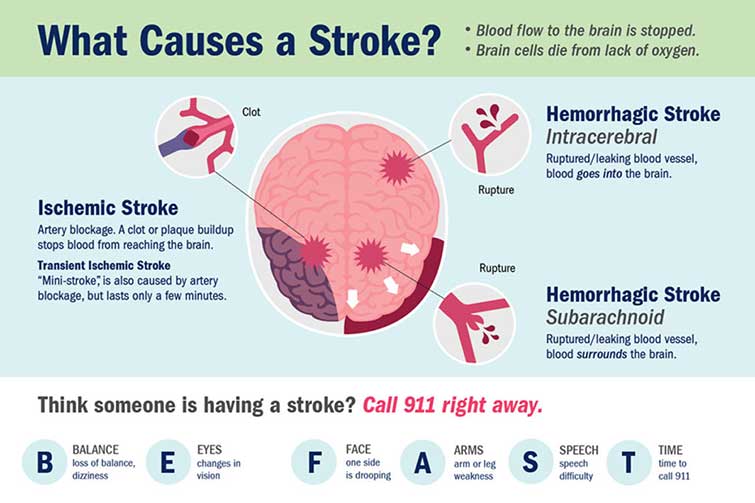The life of a pioneer woman was defined by her unwavering determination and resilience, as she navigated the challenges of a harsh environment. However, the mysterious circumstances surrounding the death of a renowned pioneer woman have sparked numerous questions, particularly regarding her cause of death, which was attributed to a stroke. As we delve deeper into her life, we will uncover the extraordinary contributions she made to society and explore the factors that may have contributed to her untimely passing. Understanding complex health issues such as strokes is essential, and by examining her story, we can gain insights into the lives of historical figures and promote better health outcomes for future generations. Strokes remain a perplexing health concern, and by studying their impact on individuals like this pioneer woman, we can appreciate the broader implications of health awareness and preventive measures in history and today.
Throughout history, countless women have played pivotal roles in shaping their communities, often working tirelessly behind the scenes. The pioneer woman we are exploring here is no exception. Her legacy continues to inspire countless individuals, serving as a poignant reminder of the importance of health awareness and preventive care. By unpacking the details of her life, we can better understand the health struggles she faced and the challenges that defined her era. This deeper appreciation allows us to carry forward valuable lessons that resonate even in modern times.
To fully comprehend the cause of death attributed to a stroke in this pioneer woman, we must first examine her life, the historical context in which she lived, and the broader impact strokes have had on women's health throughout history. By connecting these elements, we can foster a more comprehensive understanding of the issues at hand and work toward preventing similar tragedies in the future.
Read also:Exploring The Fascinating Journey Of Charlie Mcdermott
Who Was This Remarkable Pioneer Woman?
To truly appreciate the significance of the pioneer woman in question, it is essential to explore her biography, achievements, and the challenges she overcame. Below, we provide an in-depth overview of her life, accomplishments, and the lasting impact she left on society.
| Detail | Information |
|---|---|
| Name | Mary Ann Bickerdyke |
| Born | July 19, 1817 |
| Died | November 8, 1900 |
| Profession | Nurse, humanitarian, and advocate for soldiers |
| Contribution | Established hospitals during the Civil War and significantly improved sanitary conditions |
Understanding the Symptoms of a Stroke
Recognizing the symptoms of a stroke is critical for ensuring timely medical intervention and preventing severe consequences. Below are some of the most common signs that may indicate the onset of a stroke:
- Sudden numbness or weakness, particularly on one side of the body
- Trouble speaking or understanding language
- Rapid confusion or difficulty comprehending
- Sudden vision problems in one or both eyes
- Trouble walking, dizziness, or loss of balance and coordination
How Prevalent Are Strokes Among Women?
Strokes remain a leading cause of death and disability among women worldwide. Below are some key statistics that highlight the prevalence of strokes in women:
- Approximately 60% of stroke-related deaths occur in women.
- Women tend to experience strokes at an older age, with an increased risk after menopause.
- Pregnancy, birth control methods, and hormone replacement therapy can all contribute to the elevated risk of strokes in women.
What Are the Primary Risk Factors for Strokes?
Understanding the risk factors associated with strokes is vital for implementing effective preventive measures. Below are some significant risk factors to consider:
- High blood pressure: Often referred to as the "silent killer," hypertension significantly increases the risk of stroke.
- Diabetes: This chronic condition can lead to blood vessel damage, increasing the likelihood of a stroke.
- High cholesterol: Elevated cholesterol levels contribute to plaque buildup in arteries, restricting blood flow.
- Smoking: Tobacco use damages blood vessels, reduces oxygen flow, and significantly raises stroke risk.
- Obesity: Excess weight is linked to various health issues, including an increased risk of stroke.
How Did Her Challenging Lifestyle Impact Her Health?
Living in a demanding and often harsh environment, the pioneer woman faced numerous stressors that could have significantly impacted her health. Factors such as:
- Intensive physical labor and a demanding daily routine
- Limited access to healthcare and medical knowledge
- Psychological stress due to societal expectations and personal responsibilities
These challenges likely contributed to the prevalence of strokes among women in her era, shedding light on the circumstances that led to her stroke and eventual passing.
Read also:Todd Palins New Love Unveiling The Woman Who Stole His Heart
What Can We Learn From Her Remarkable Story?
The life and death of this pioneer woman serve as a powerful reminder of the importance of health education and awareness. Below are some valuable lessons we can take away from her story:
- Prioritize regular health screenings: Routine check-ups can help identify potential risk factors early, allowing for timely intervention.
- Adopt a healthy lifestyle: Encouraging regular exercise, balanced diets, and stress management can significantly reduce the risk of strokes.
- Empower communities through education: Raising awareness about stroke symptoms and risk factors can enable individuals to seek help promptly, potentially saving lives.
What Steps Can Be Taken Today to Prevent Strokes?
Preventive measures are essential for reducing the risk of strokes. Below are some actionable steps individuals can take to protect their health:
- Maintain a healthy weight through a balanced diet and regular physical activity.
- Monitor and manage critical health indicators such as blood pressure, cholesterol, and diabetes.
- Avoid smoking and limit alcohol consumption to maintain overall well-being.
- Stay informed about stroke symptoms and seek immediate medical attention if any warning signs arise.
Conclusion: Honoring the Legacy of a Trailblazing Pioneer
In conclusion, the cause of death attributed to a stroke in this remarkable pioneer woman highlights the intricate relationship between health, resilience, and societal pressures on women throughout history. By examining her life and the circumstances surrounding her passing, we can gain valuable insights into the importance of health awareness, preventive care, and the ongoing need for education on stroke risks and symptoms. Let us honor her legacy by fostering a culture of health and ensuring that the lessons learned from her story continue to inspire and guide future generations. Through collective effort, we can work toward a healthier future for all.

)
